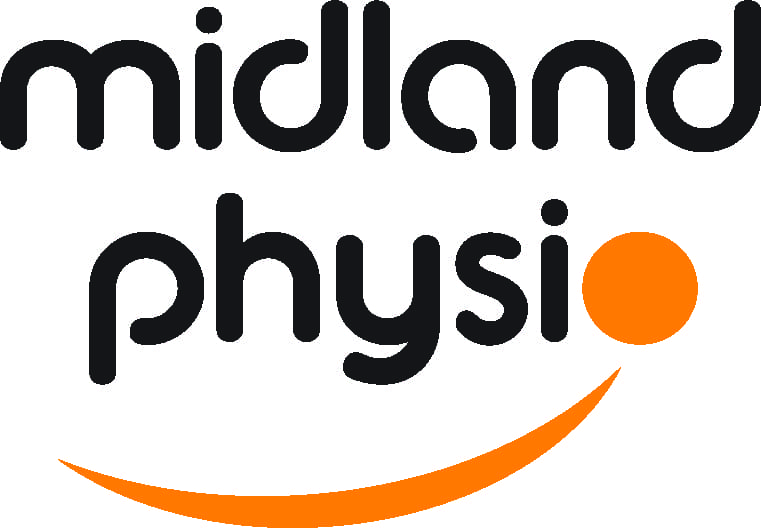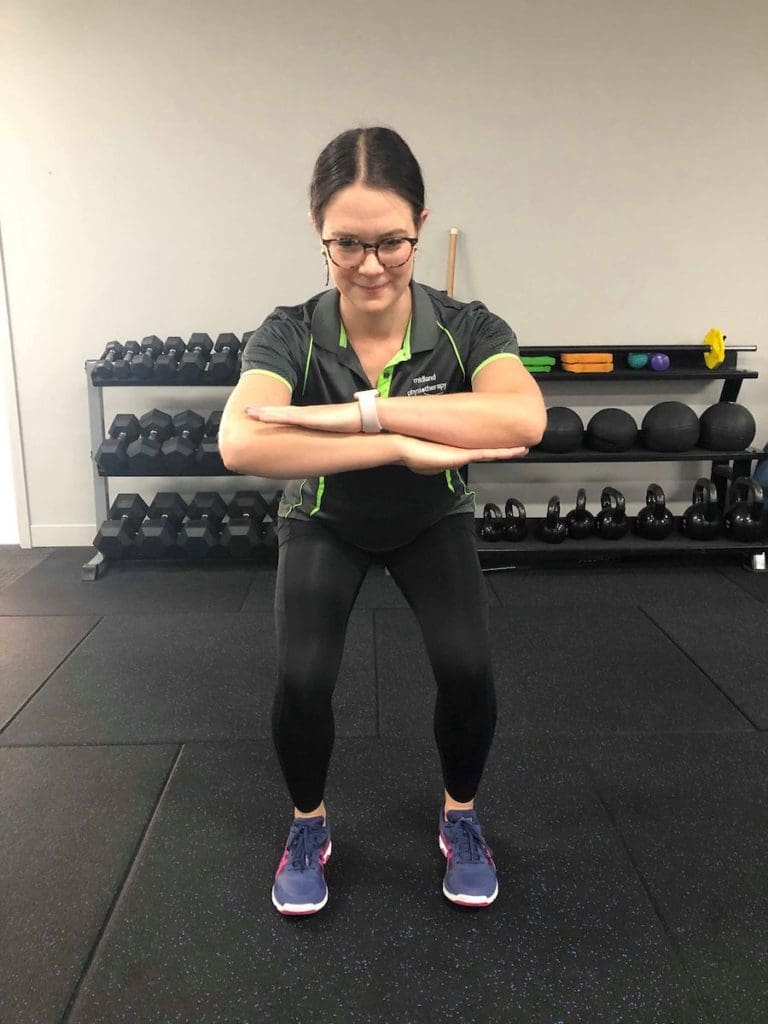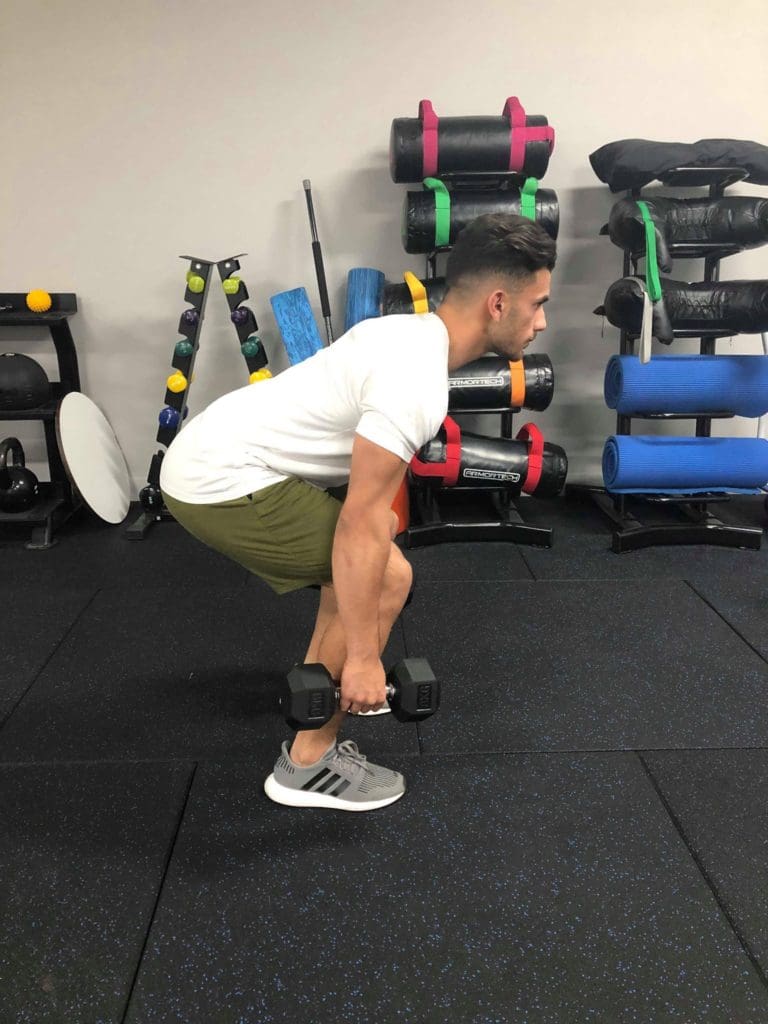Hamstrung!
As if almost on cue, the rain arrived over the weekend and signaled the beginning of another winter sport season. For many of us, this means nights either on the court or the training track as well as our weekend afternoons being voluntarily handed over in exchange for the thrill of the contest.
What many of us don’t realize is that after months of waiting for the cricket to finish, those muscles that we colloquially refer to as our ‘hammies’, will have also enjoyed the break and more than likely become less conditioned than they were at the end of last season. This presents a problem for the eager weekend warrior and even more so when it leads to a strain.


Hamstring strains are amongst the most common injury suffered at an elite level as well. They occur generally in one of two ways; the first involves the rapid contraction of the muscle that occurs with explosive movement and the second involves the lengthening of the muscle when under excessive load. In explosive and multi-directional sports like AFL and Soccer, a lot of time and energy is invested by both Physiotherapists and Sports Science staff in trying to prevent these injuries. This involves gross load management and as well as specific strengthening exercises for the hamstring and gluteal muscle groups.
So what can you do at home or the gym to help lower your risk of suffering one of these injuries? The answer is heaps.
Exercise #1: Glute bridge with hamstring curl –
This exercise is both easy to do and highly effective as it targets both the hip extensors and the hamstrings in one movement. Ensuring you are adequately supported with your arms out to the side, lift your hips off the ground without losing your balance. Next, bring your heels towards your bum, making sure to keep your hips off the ground. Pause. Return to the starting position.
Exercise #2: Deadlift –
This exercise, along with its many variations, is designed to functionally strengthen the hamstrings and gluteals, rather than the lower back as if often the assumption. Holding a weight in front of you, bend your knees slightly and keep your arms relaxed. Letting the weight pull you forward, hinge at your hips. When you feel your hamstrings tighten, bend the knees slightly until you reach approximately mid-shin. Pause. Return to standing by driving your hips forward and pushing through your legs.
Exercise #3: Single-leg deadlift (Golfer’s lift) –
More functional again, this exercise a rotational component to the exercise. It also challenges your balance and your coordination. Standing on one leg, hold a weight in the opposite hand. Similar to the conventional deadlift, lean forward, hinge at your hips and keep your back straight. Not forgetting to keep your other leg straight, touch the weight to your foot and return to standing.
Exercise #4: Maximal Eccentric Hamstring Contraction (Nordic) –
This exercise is designed to maximally load your hamstrings using only gravity and your bodyweight. Ideally using a partner, kneel on a mat and put your arms across your chest. Have your partner hold your lower legs, lean forwards and control your descent for as long as possible. When you fail, use your arms to control your fall. This exercise is best performed under guidance from your Physiotherapist.
Complete 3 sets of 10 reps for exercise 1-3. Rest for 60 seconds between each set. For exercise number 4, 3 sets of 3 reps is sufficient. Rest for 90 seconds between each set.
If you’d like more information on hamstring strains and what you can do to avoid them or you’d like some guidance on managing a current injury, give your local expert at Midland Physiotherapy a call on 9274 1482 and organise an appointment today!

William Green
Physiotherapist
Hydrotherapy coordinator William graduated from Curtin University with a Bachelor of Science in Physiotherapy and moved straight into private practice at Midland, having a strong interest in the treatment of sporting injuries as well as back and shoulder pain.
In addition to treating clinically, Will coordinates Midland Physiotherapy’s Hydrotherapy & Living Fit Programs. Outside of the clinic, Will assists the West Coast Eagles medical staff with training and game day preparation throughout the AFL season, both at home and interstate. Will is also a bronze coach for Swimming Australia.




